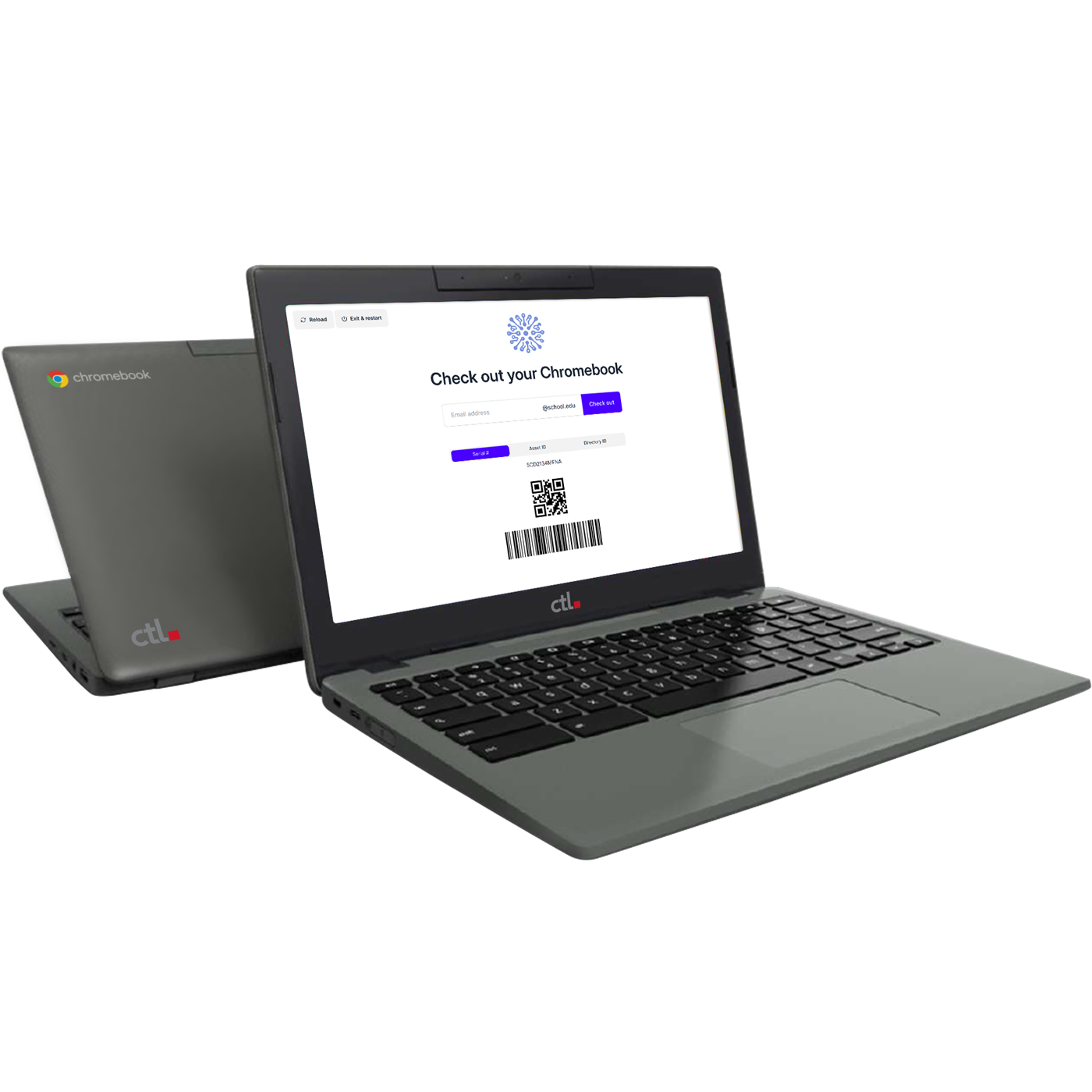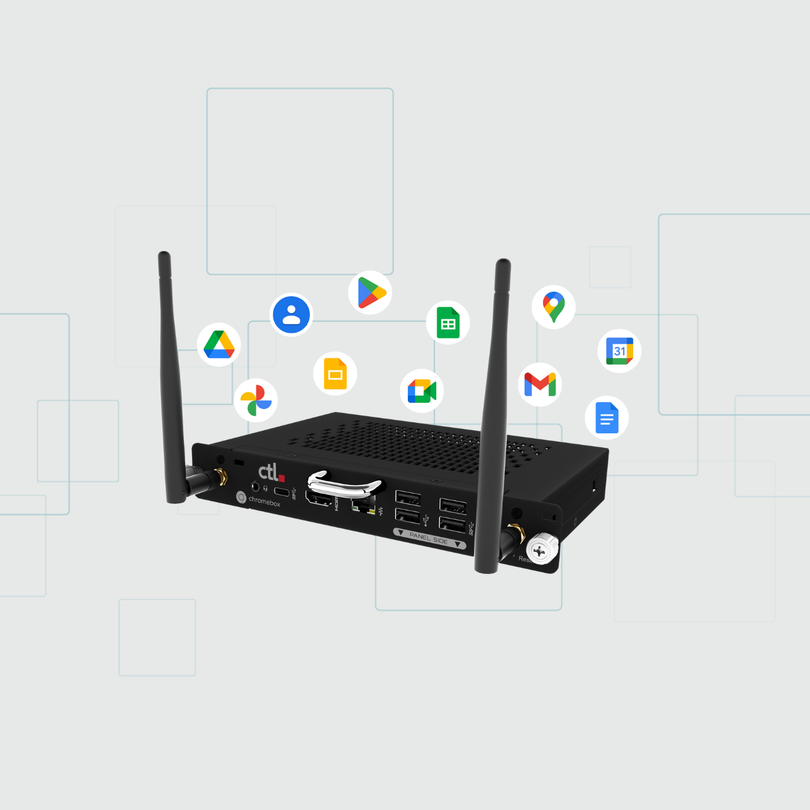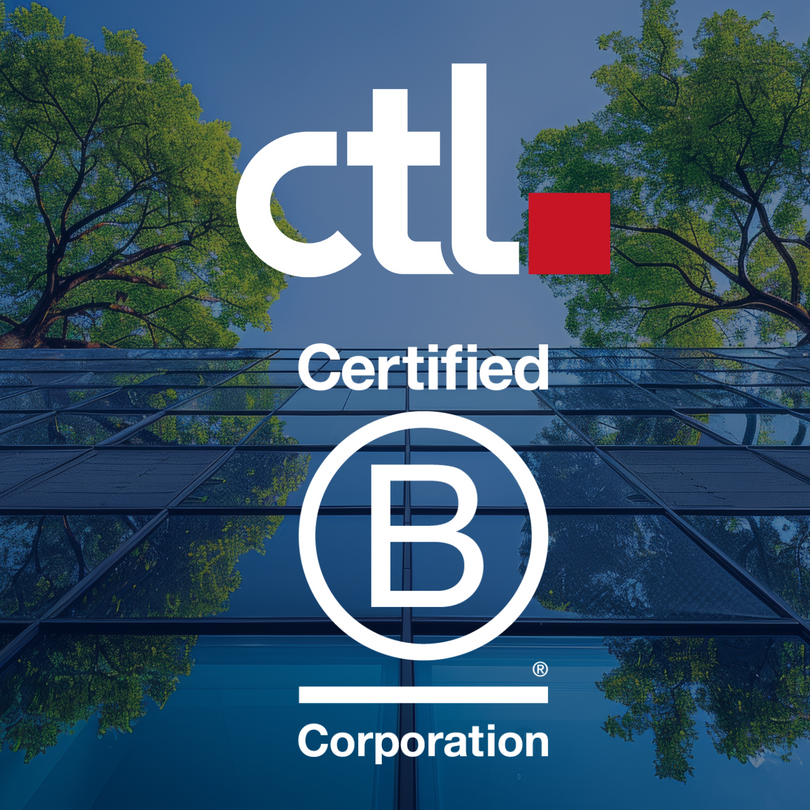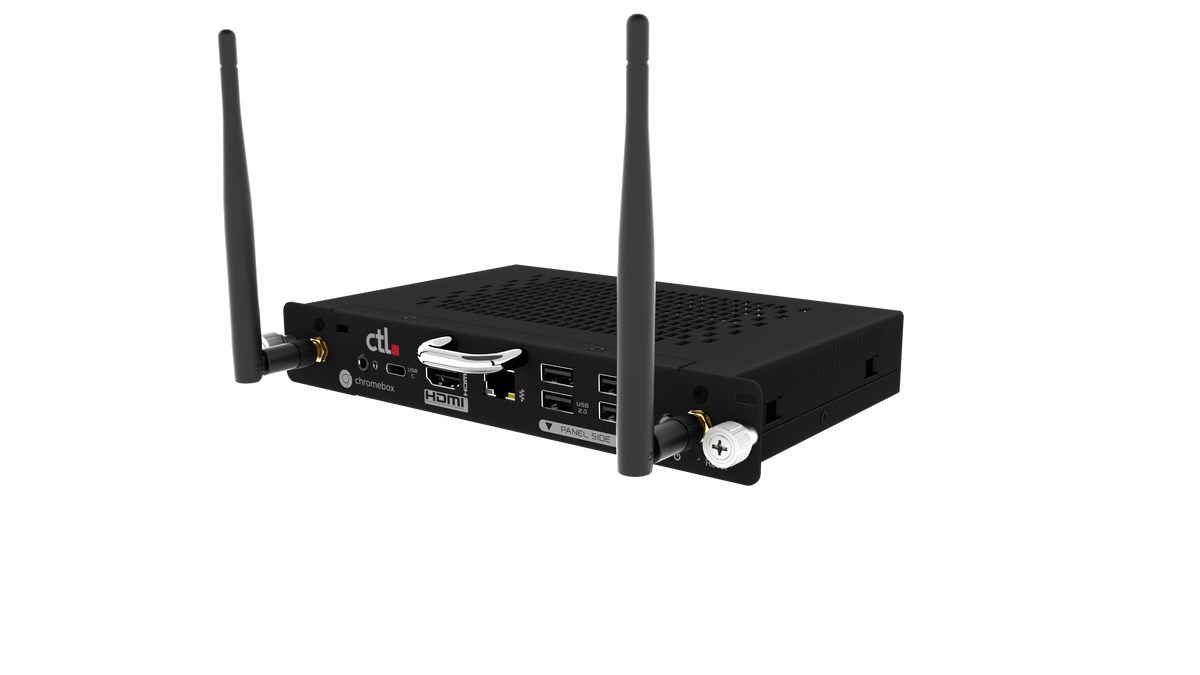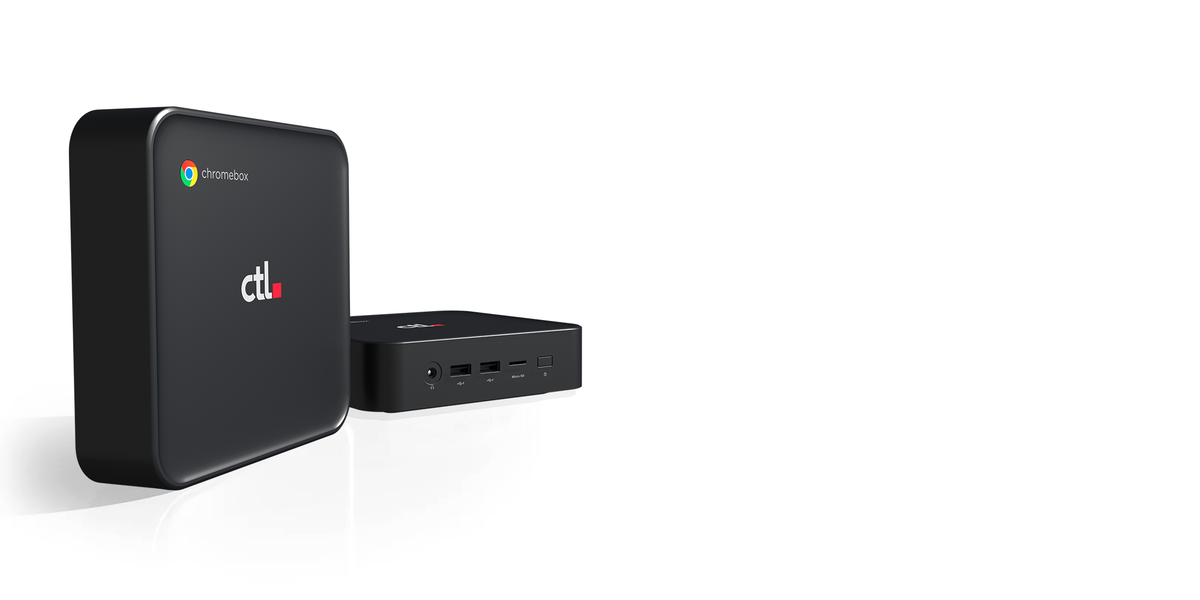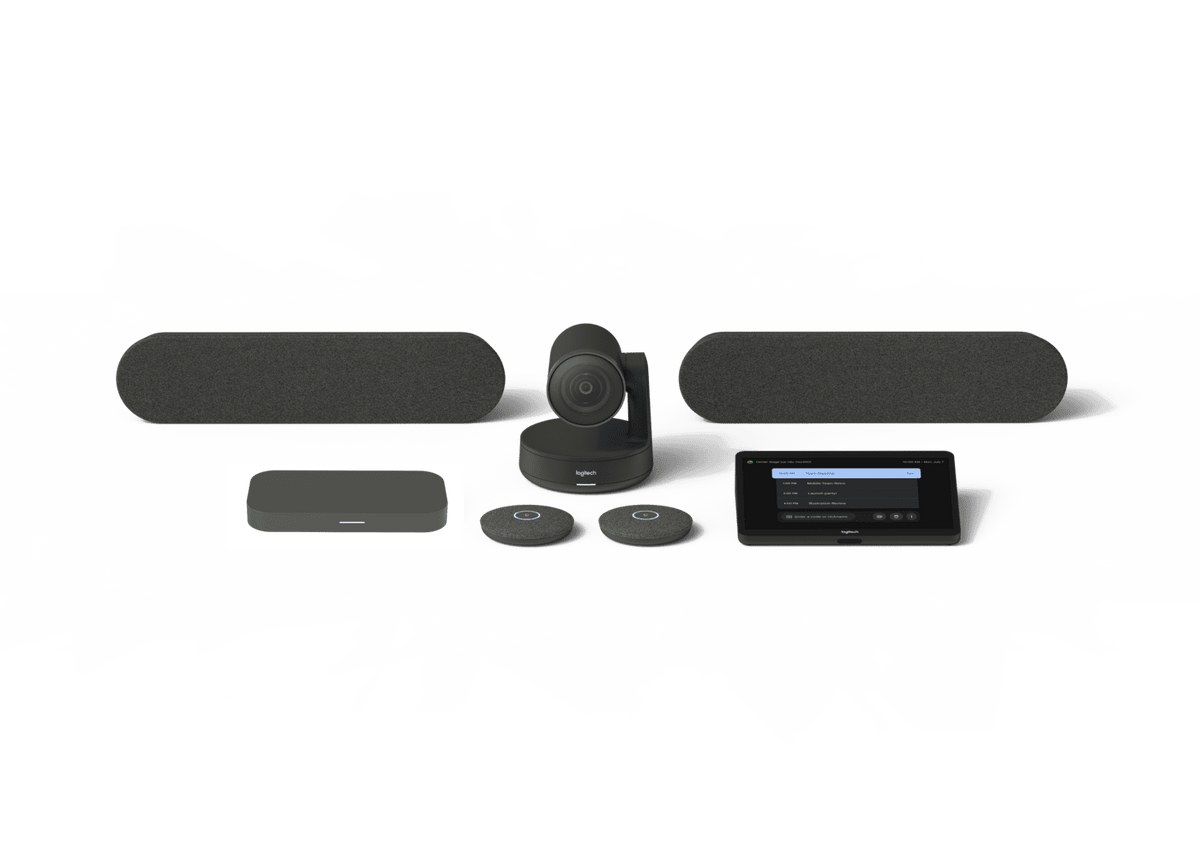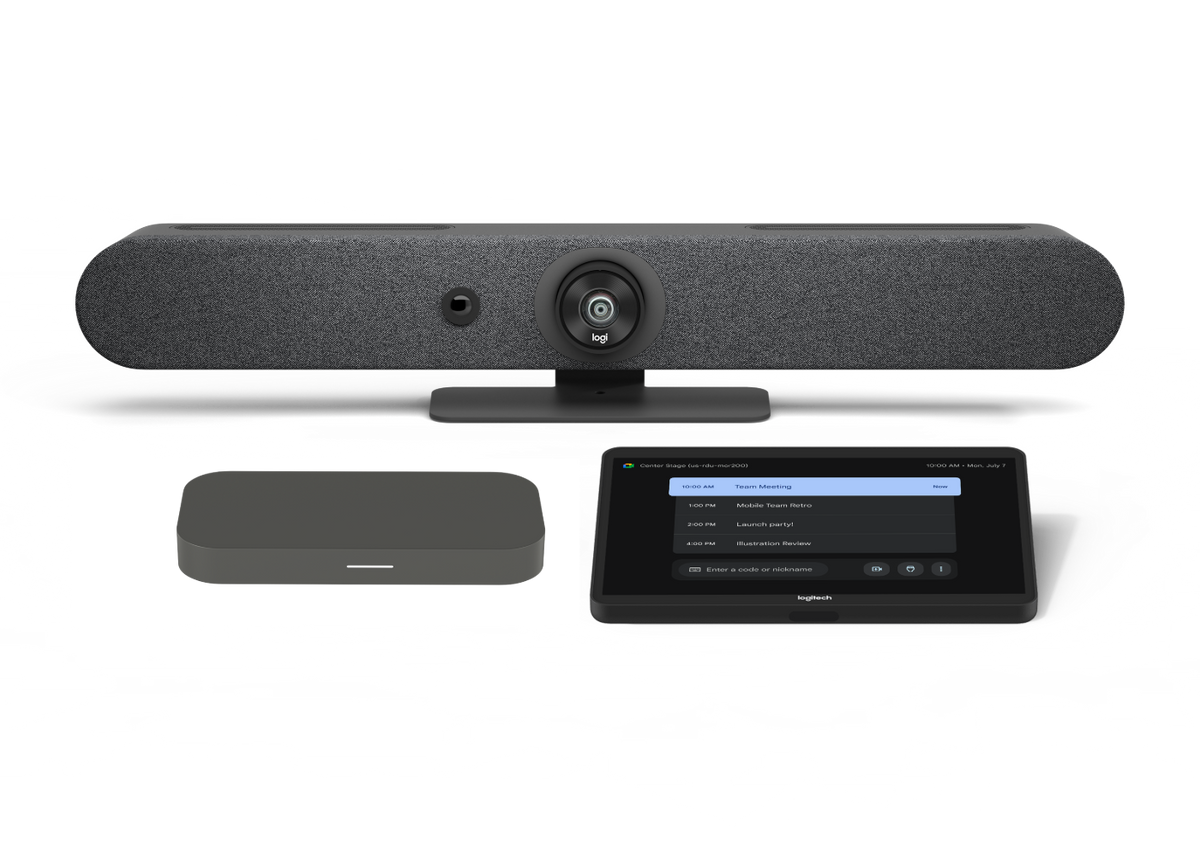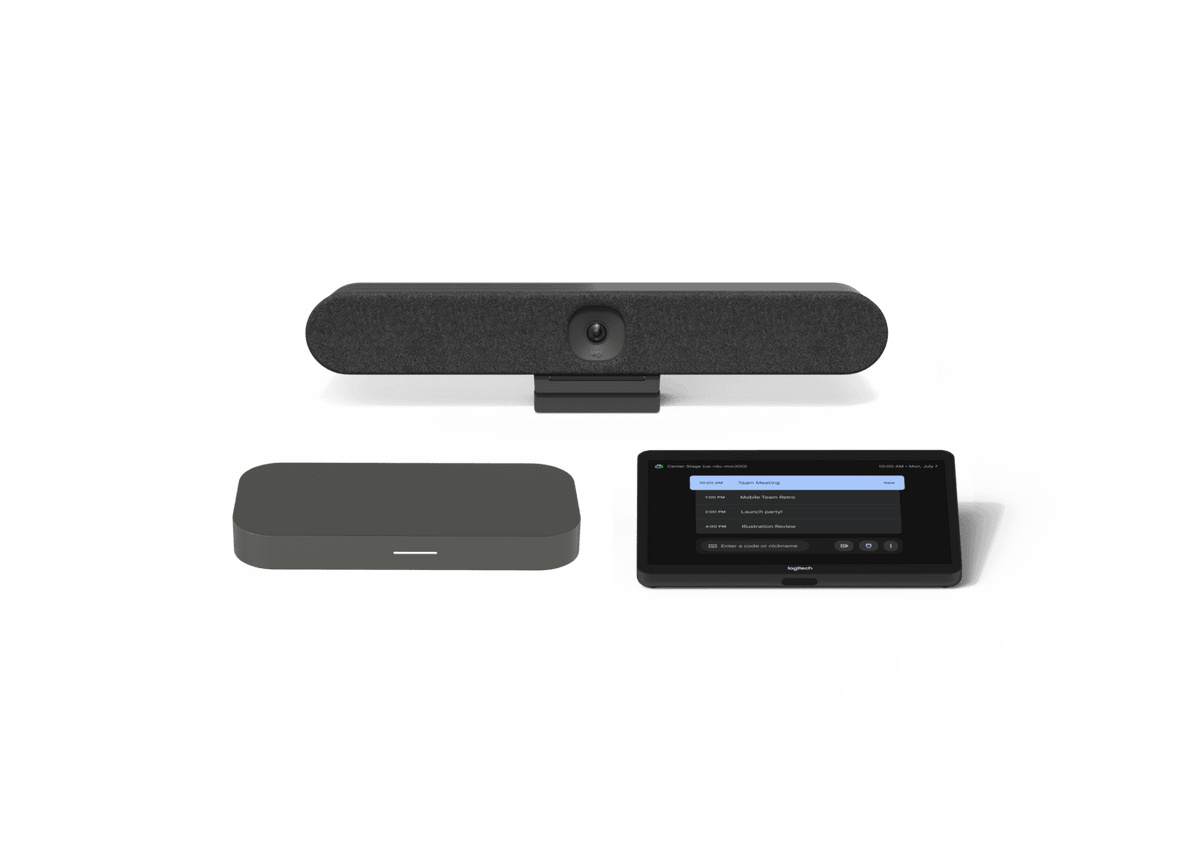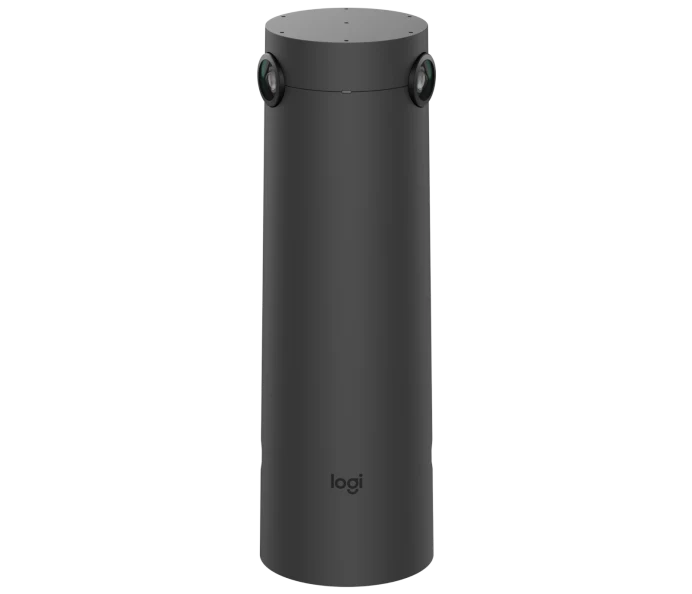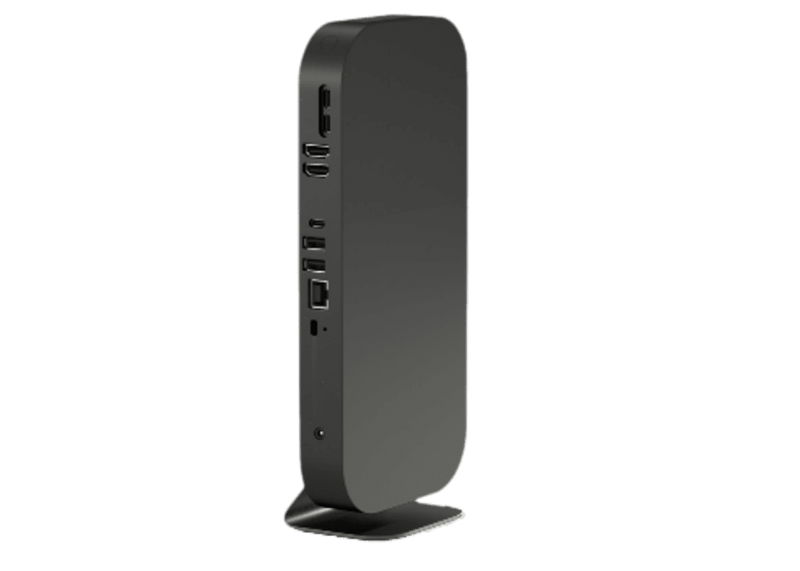The conversation around Artificial Intelligence in schools has shifted from "if" to "how." As IT directors and school leaders, your most critical challenge now is choosing the right tools. With hundreds of AI solutions marketed for education, how do you vet vendors to ensure compliance, security, and instructional value?
The answer lies in a practical, data-centric framework that cuts through the noise. Based on insights from our recent webinar, The K-12 Director's Playbook, here are the core criteria and best practices your district must adopt when comparing K-12 AI toolsets.
Part 1: Data Security and Compliance – The Core Criteria
The highest priority in vendor selection must be student data protection. AI tools are powerful, but they are only as safe as the policies governing the data they ingest. Before signing any contract, use this list to rate every product:
Core Criteria for Product Rating
These non-negotiable questions address vendor responsibility regarding your students' most sensitive information:
-
Third-party tracking. Does the product track users for purposes unrelated to education? Specifically, how much data is shared with third parties, and for what purpose (e.g., analytics, feature improvement)?
-
Marketing and advertising profile. Is student or staff data used to build a marketing or advertising profile? Any vendor that uses student data for commercial gain should be immediately scrutinized.
-
Data sharing agreements. Are the data sharing agreements transparent and compliant with FERPA and relevant state laws? Who owns the data created by students using the tool?
Additional Essential Metrics
Beyond the core ratings, deep-dive into the technical and operational security measures:
-
User information deletion. What is the process and timeline for user information deletion upon request or when a contract ends? Is this guaranteed and documented?
-
Data breach notices. What is the vendor’s policy and procedure for communicating data breach notices? How quickly are affected parties notified, and what support do they provide?
Only solutions that provide ironclad, transparent answers to these questions should make it to your short list. At CTL, we believe this rigorous vetting process is essential to maintaining the trust of your community and the integrity of your network.
CTL is providing a template for selecting the best AI vendor for your school.
Part 2: Empowering Your Educators for Responsible Implementation
A secure AI tool is useless if teachers don't know how to use it effectively or responsibly. Once you have a vetted product, your focus must shift to professional development (PD).
The goal is to move past fear and provide a practical framework for instructional use.
The Instructional Framework
Discover a practical framework for getting your teachers and students ready for effective implementation, including comprehensive PD:
-
Focus on pedagogy, not just tools. PD should emphasize when AI enhances the learning objective, not just how to use the interface. Teachers need to feel confident creating assignments that integrate and manage AI ethically.
-
Model responsible use. Staff must be trained on the AUP (especially the AI section) and model proper disclosure and citation of AI-assisted work for students.
-
Encourage experimentation. Provide teachers with safe, structured time to experiment with the AI tool and collaborate with peers to develop effective classroom strategies. This reduces resistance and builds confidence.
CTL supports this approach by ensuring your underlying infrastructure (Chromebooks, ChromeOS devices, lifecycle management services) is robust enough to handle these powerful tools, allowing your IT team to focus entirely on policy and instruction.
By prioritizing data security in vendor selection and investing in targeted teacher professional development, your district can transform AI from a source of anxiety into a powerful catalyst for learning.

